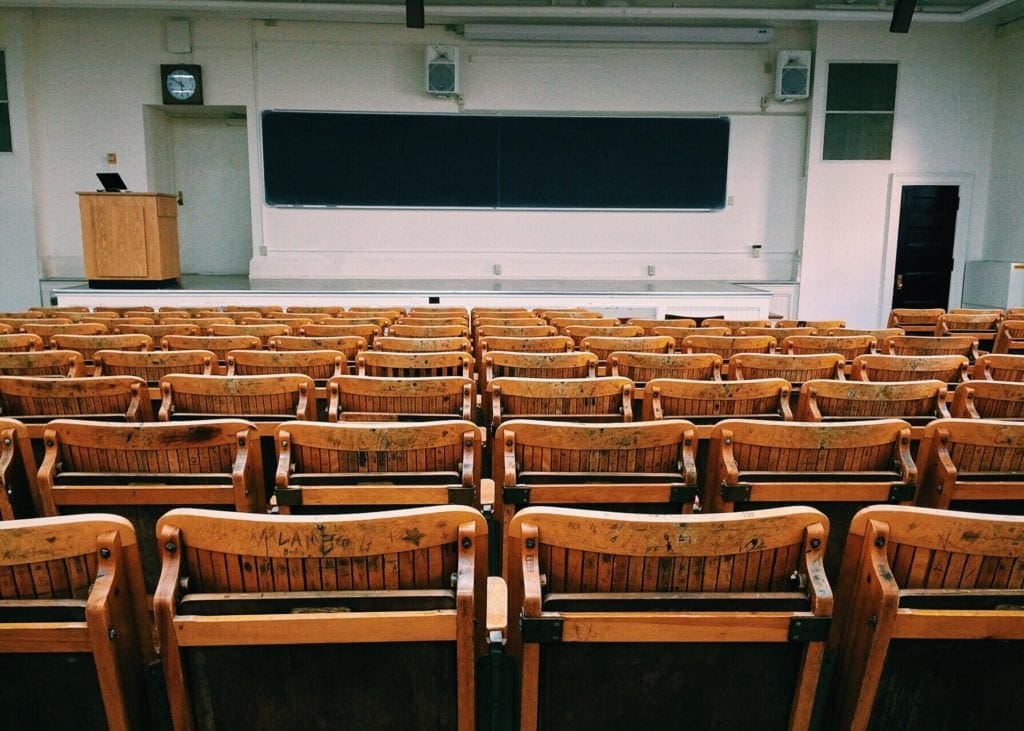New York State Governor Andrew Cuomo has bragged about his state’s record-breaking education spending under his watch. However, a report from New York City’s Independent Budget Office, or IBO, indicated that the state is spending a smaller percentage of money on New York City schools. Based on the findings of an annual report covering three decades of school spending, New York City spends $28,808 per student.

Reema Amin of the education news outlet Chalkbeat broke down what this number actually signified:
“That number includes pension obligations and debt service, which make up a chunk of the total budget but are costs that have grown since 1990, the report shows. Without accounting for those factors, the city spends significantly more per student than most other large, urban districts — in some cases, upwards of $10,000 more.”
During the last few decades, there has been a notable shift in terms of how much the state government is covering New York City’s public education costs. For example, the city assumed 46 percent of the cost to educate New York City students in 1990. On the other hand, the state of New York shouldered 45 percent of the spending, while the federal government picked up the rest at 9 percent for that year.
In the fiscal year of 2019, the game changed though. The state has only assumed 33.6 percent of the city’s education budget, while the city is now responsible for 60.1 percent — the federal government only had to pitch in 5.7 percent.
For public education activists, these numbers indicate that the state government should be throwing more funds at New York City’s school system. After all, education is always “underfunded” and any type of problem associated with education is because there isn’t enough money in schools. So we are told.
We have to ask: Why should the state, which is really taxpayers across the state of New York, be subsidizing New York City’s education needs?
This is the folly of public education. None of it is free, and someone will ultimately have to foot the bill. If public education is going to exist, it should be funded and administered locally, so that it can conform to the needs of its immediate users. Education policy that works in Buffalo may not work in New York City.
More education spending does not necessarily yield better educational results. According to Cato’s Freedom in the 50 States rankings, New York is ranked at a dismal 37th place for educational freedom. Maybe, instead of basing education policy in terms of taxpayer dollars spent, education reformers in New York should consider a strategy which enhances choice for students, while keeping taxpayers protected from spendthrift politicians. American history is filled with many alternative education models, from private education and homeschooling to charter schools. New York City should promote other options before begging the state government for more taxpayer funds.




















